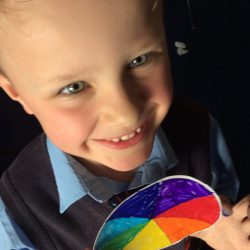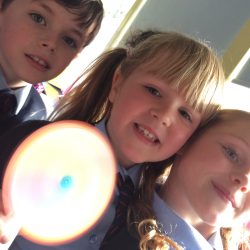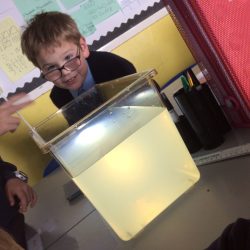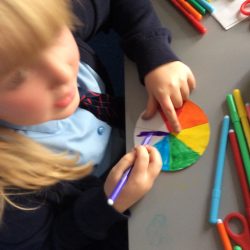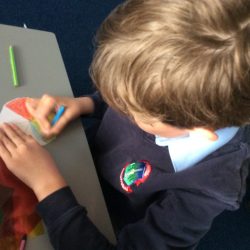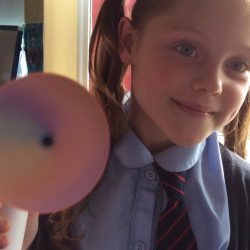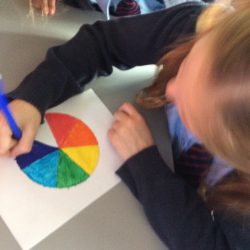Category: Science
Tasty Toast
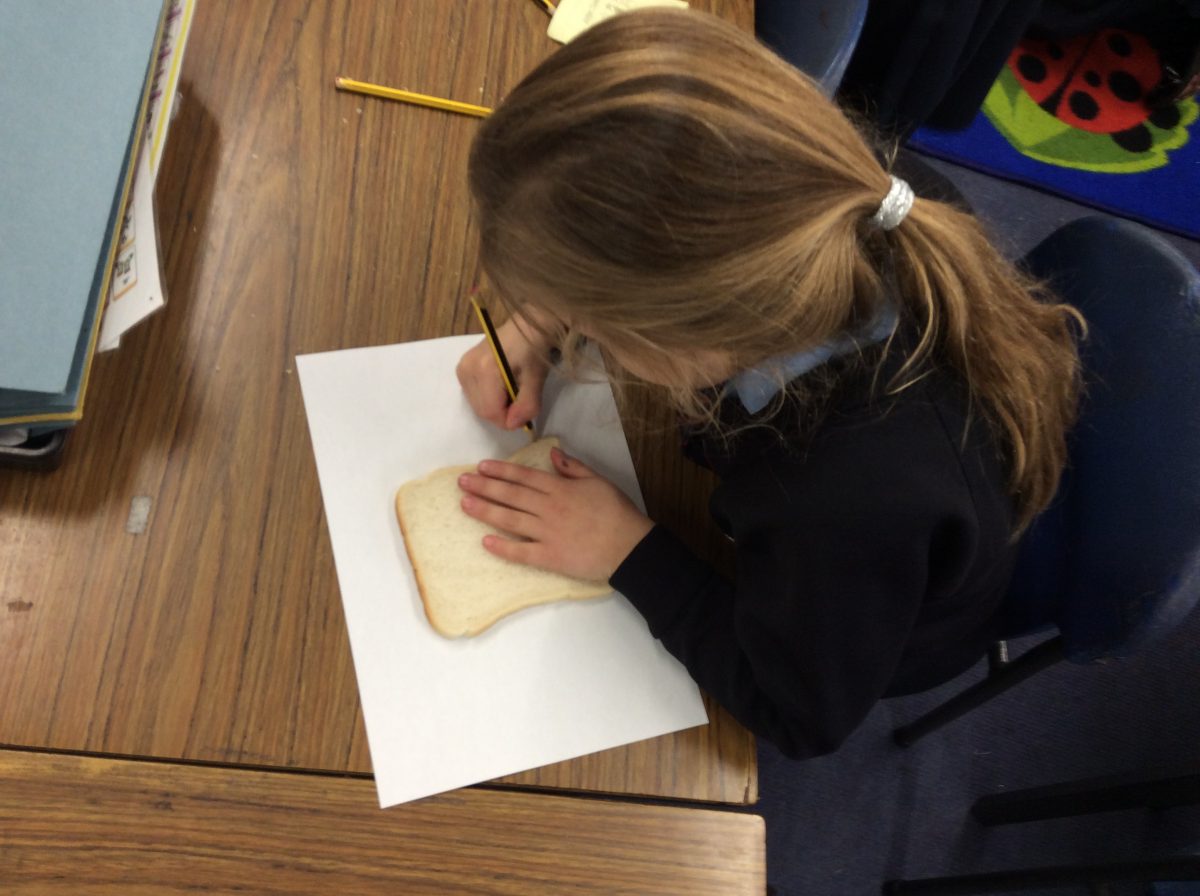
Year 1 have been exploring changes that we can reverse, such as melting chocolate, and changes that we are stuck with – in this case turning bread into delicious toast. We knew that the change would result in crunchy, golden brown yumminess but, having first drawn around our slices of bread, we were surprised to find it had also shrunk!
The main conclusion was that we love any experiment that we get to eat.




Magnetic Metals?
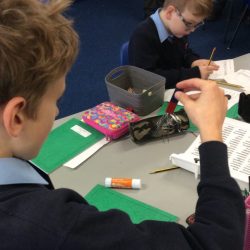
Year 3 have started looking at magnetic force. We were pretty confident at predicting which objects would stick to a magnet but we were a little surprised that a 2p coin didn’t. This lead us to wonder whether some metals are not magnetic. We repeated our testing with samples of different metals. Iron and steel were magnetic but others, such as copper, zinc, aluminium and bronze, were not.
However, it turned out that some 2p coins are magnetic. Looking at the dates on the coins we realised that the coins are now made of a different metal.




Strength Testing
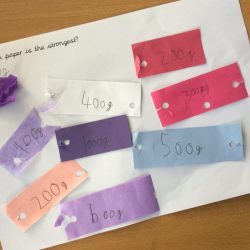
Year 2 have continued their material testing investigations by looking at strength testing. We watched a video of a steel bar being tested (it’s called tensile testing) and talked about why testing is important to ensure buildings, structures and forms of transport are safe. We then conducted our own tests by finding out which is the strongest type of paper in the school. Tissue paper broke very easily but thin cardboard could withstand a whole kilogram.





A Sound Judgement
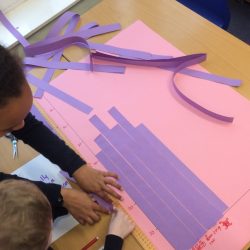
Last week, LB2 conducted a sound survey of the whole school. We measured noise levels across the school, in classrooms, the playground and in offices. Afterwards, we discussed whether this was actually a fair test and realised that it depended on what activity was taking place – Reception’s fun phonics lesson was definitely louder than Year 3’s writing assessment! This week we turned our data into bar charts.
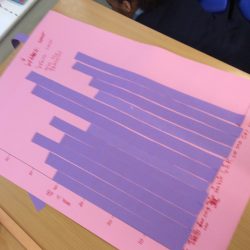
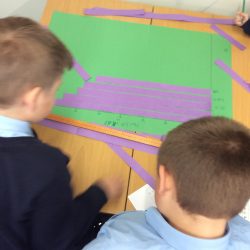
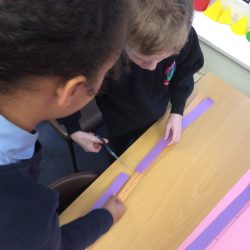
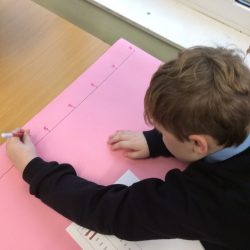
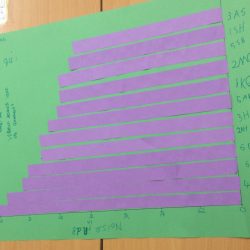
Bouncing Boffins
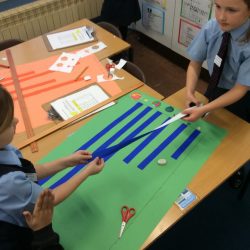
Year 2’s material scientists are testing lots of different materials this half term. This week we investigated how bouncy all the balls in school are (Did you know: golf ball manufacturers do exactly this kind of test!) We tested basketballs, tennis balls, cricket balls, volleyballs… (we basically emptied the PE shed) and measured how high they would bounce. We then made bar charts to show our results.
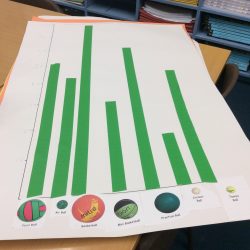
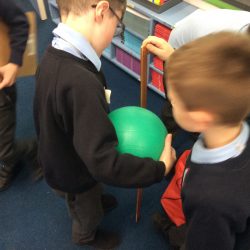
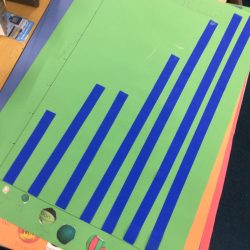
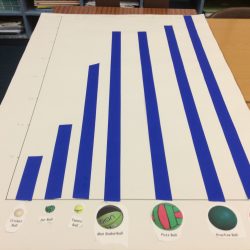
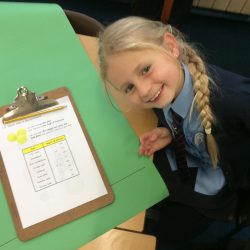
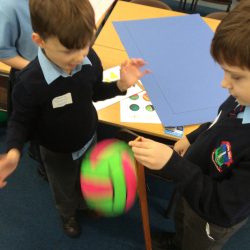
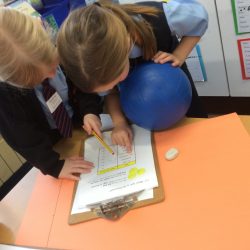
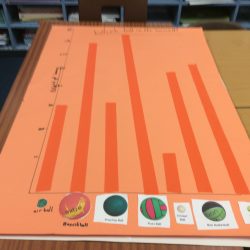
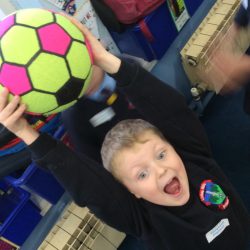
Looking for Martians
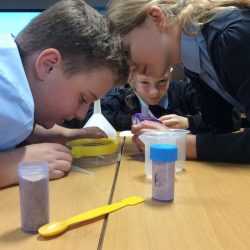
Year 5 have had fun testing soil samples from “Mars”. We closely examined and compared each of the three samples before conducting tests to see which contained salts (dissolving, filtering and evaporating) and looking for signs of life (observing gas produced by respiration).
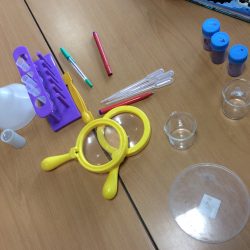
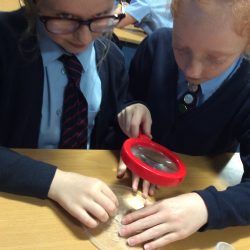
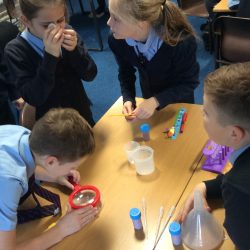
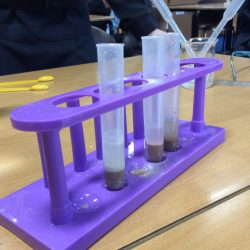
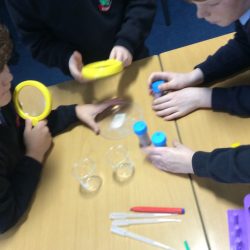
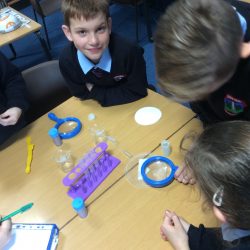
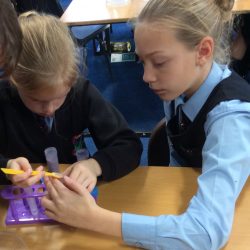
Let There Be Light!
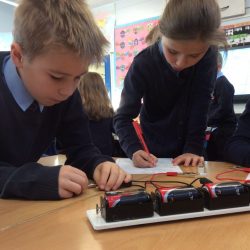
Year 4 have been investigating whether all lights worked the same. We found that different voltage bulbs worked at different brightnesses. The LEDs were even stranger – the yellow one was yellow, but the red one flashed on and off and the white one was yellow or red depending on which way around the wires were connected!
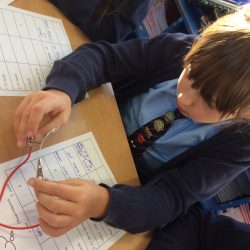
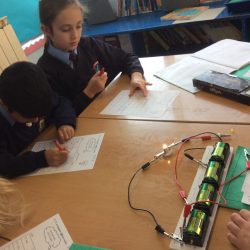
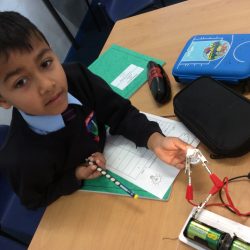
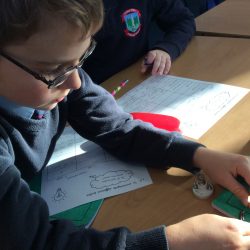
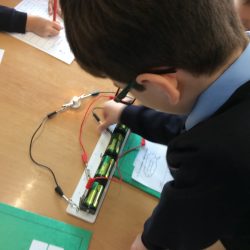
Good Vibrations
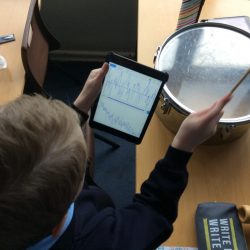
LB2 have started their new science topic, “Super Sound”, by exploring how sound is made by objects vibrating. We watched beads jumping on drums, tuning forks flicking water into the air and slow motion videos of musical instruments to reveal the vibrations. We then used an oscilloscope app to display the sound waves produced by lots of different (and very noisy) instruments.
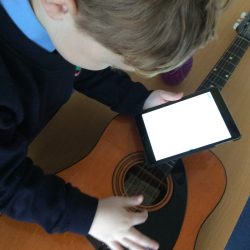
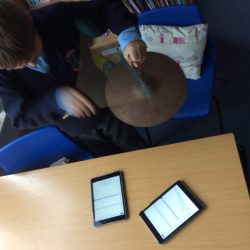
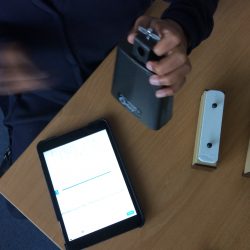
To Infinity and Beyond!

Year 2 had great fun making rockets today. After tweaking our designs we went outside to test them as we learnt about how rockets work. Ours were powered by water but we discovered that the science is not that different from real space craft.
We’ll be learning more about forces in the second half of the term.
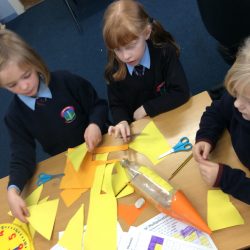
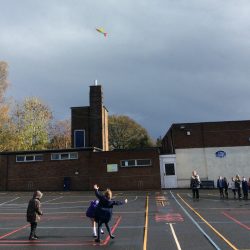
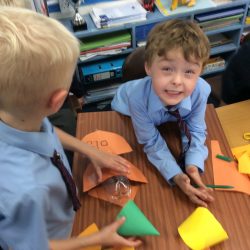
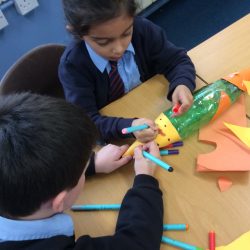
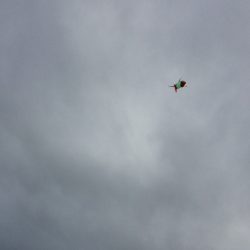
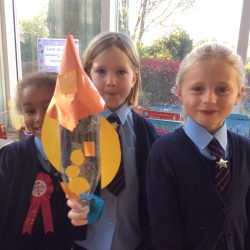
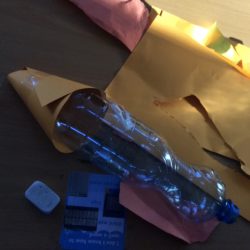
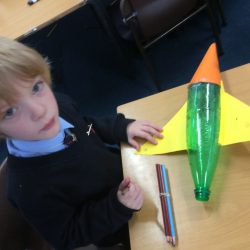
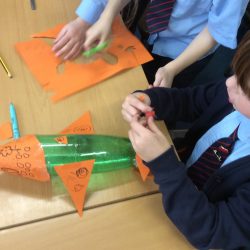
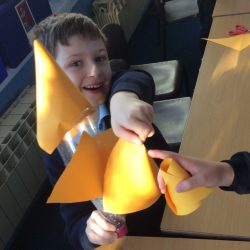
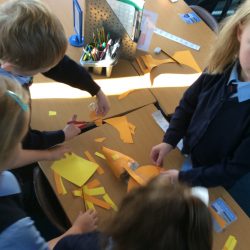
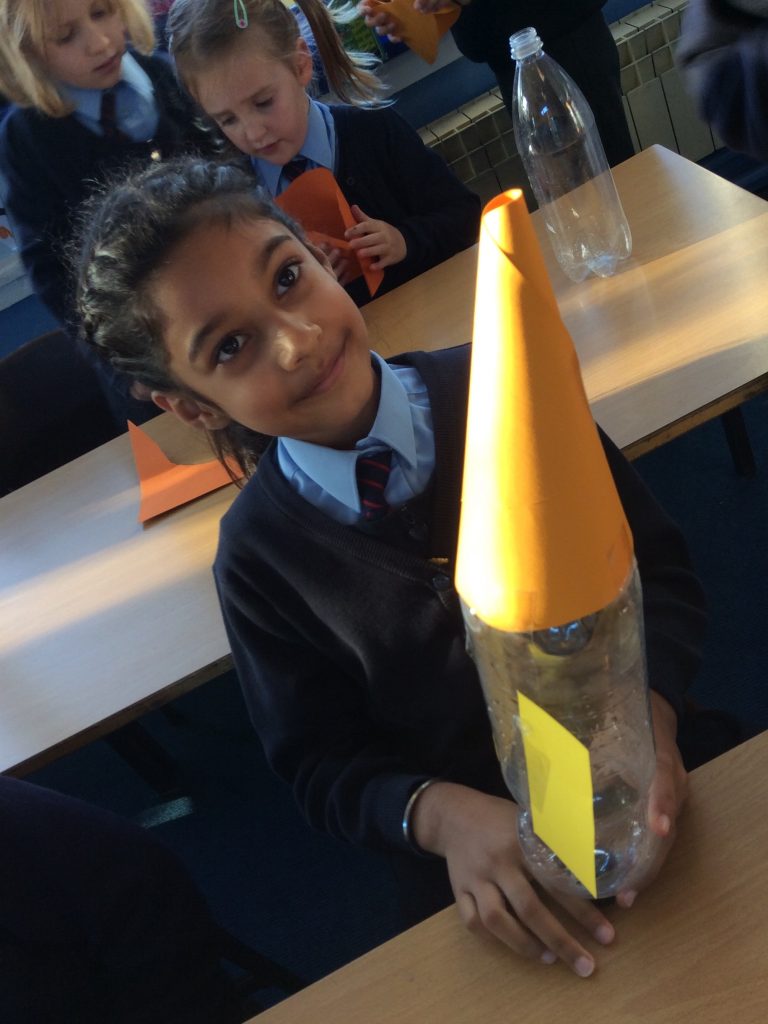
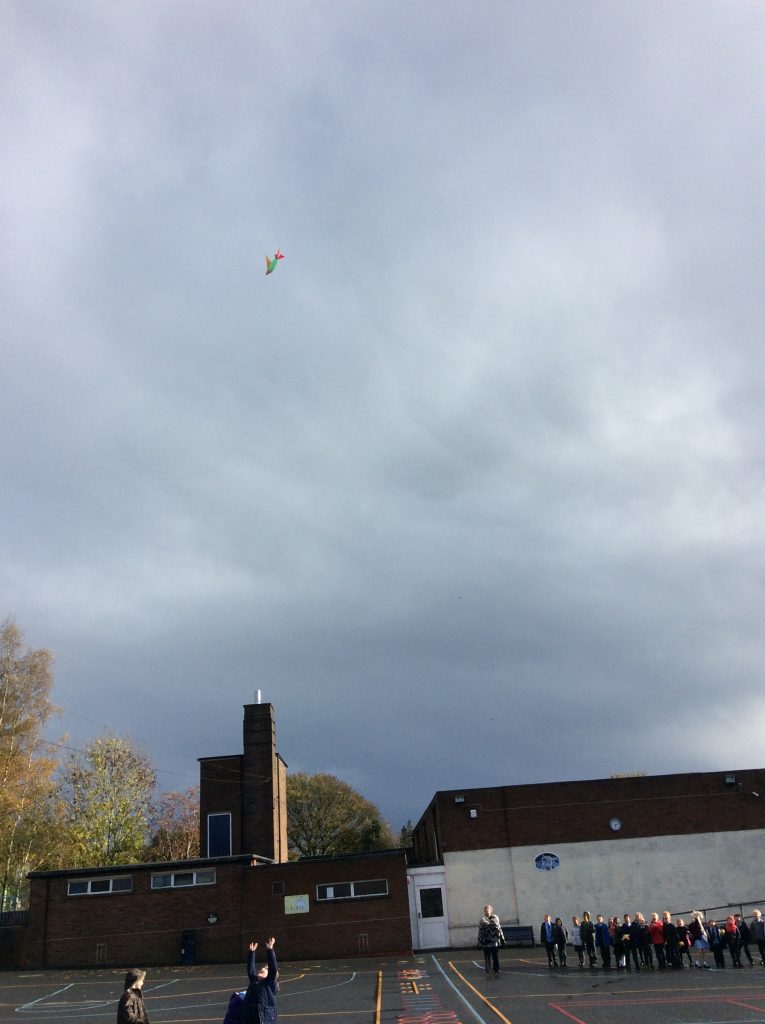
Why is the Sky Blue?
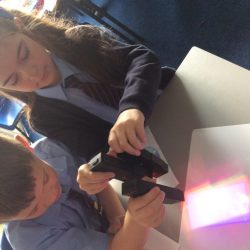
Why is the sky blue? How are rainbows made? What would the world be like without colour?
After sharing ideas about why colour is important we explored the science of colour through lots of activities. We used coloured torches to mix light, made colour wheels, tried coloured filters, used prisms to create rainbows and played with a “sky” tank to make blue skies, yellow suns and orange sunsets.
